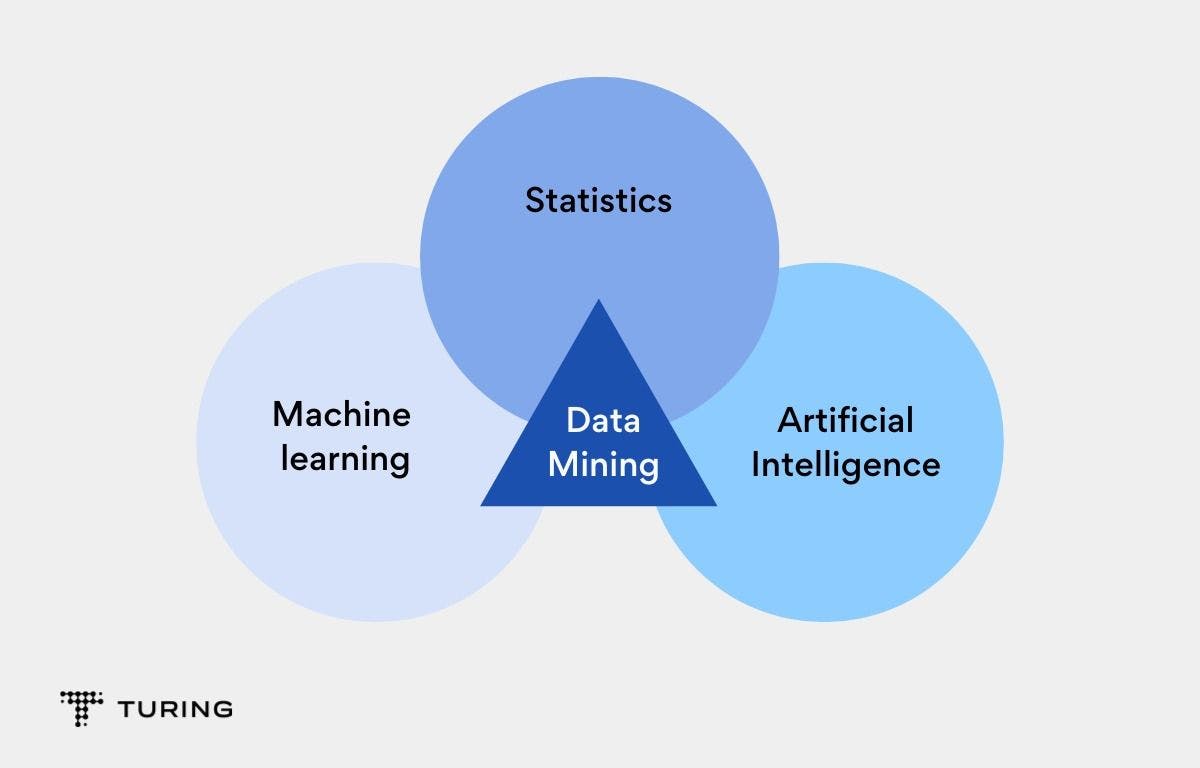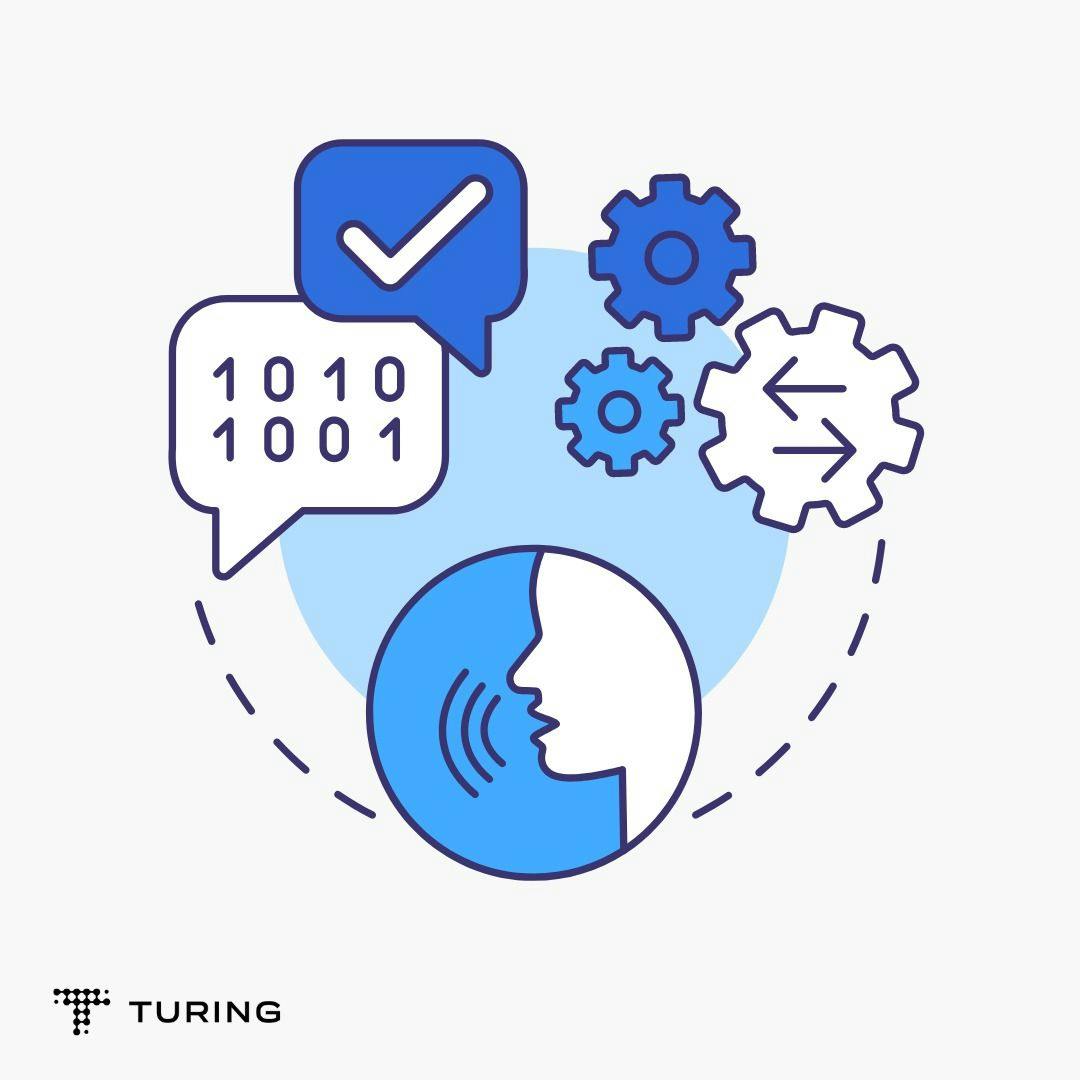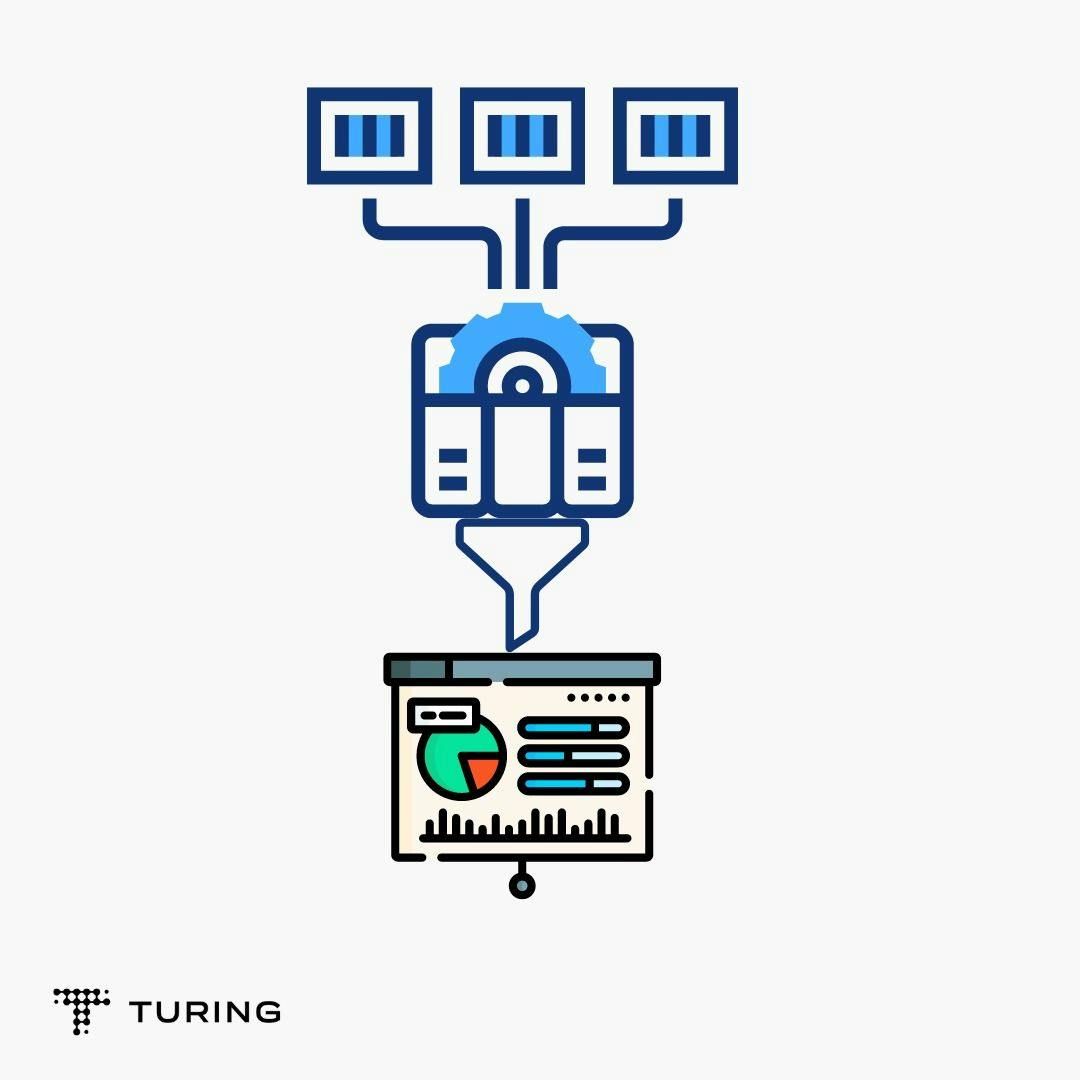How Machine Learning Can Be Helpful in Data Mining - A Complete Guide
•6 min read
- Languages, frameworks, tools, and trends

Data mining is a popular and multidisciplinary field that mainly focuses on finding useful information from a large volume of data. Machine learning (ML), on the other hand, is a subset of data science. ML primarily focuses on creating algorithms that can learn and predict from given data. Machine learning and data mining can be combined to deliver results that can help make better business decisions and boost the profit margins of an organization.

Before we delve into how ML can help in data mining, let’s first understand machine learning and data mining with a detailed analysis.
Machine learning
It is a subset of artificial intelligence (AI) and is a fast-growing technology in today’s world. With the help of past data, machine learning can help computers memorize on their own.
For example, consider that you are preparing for an exam. You feed your brain with data (studying from books or notes), thereby training it for input and output. Before the actual examination, you take several practice tests. Every time you take a test, you enhance your performance potential.

Machine learning models work in a similar way. They are built and trained for both the input and output data. The model learns on its own to predict the output. When you try with a test data set, the model does its prediction by comparing the result with that of the trained data set.
ML provides n number of algorithms for building various simple to complex mathematical models and predicts results based on the historical data provided. The choice of algorithm itself is based on the kind of data used and the type of task expected to be done.
Machine learning is widely recognized for applications such as image recognition, recommender system, speech recognition, email-filtering, cancer detection, and many more.
Data mining
To put it simply, data mining is the process of converting raw data into useful information. Also called Knowledge Discovery in Data (KDD), it is one of the most popular techniques that helps sort valuable information from a large data set. The extracted information can be used to identify patterns, trends, and any useful conclusions.

The data mining method can be used in text data, web data, audio, video, image data, and social media data. It simplifies complex works, and can be performed on both relational databases and data warehouses.
The KDD process also involves data cleaning, data integration, data selection, data transformation, and delivering the knowledge gained. The output data is stored in a place called a data repository.
Data mining is a cost-efficient method compared to other statistical methods. It is widely used in fields like retail, finance, marketing, communication, healthcare, and many other industries with intense consumer demands.
Data mining vs machine learning
Machine learning and data mining involve a similar goal of analyzing a data set and coming up with a better result, but the process is different for both.

Let’s look at how machine learning is used in data mining for data analysis and extraction of valuable information from data.
How machine learning is used in data mining
In spite of all the differences, machine learning and data mining have many similarities as well. Both use analytical processes and are good at recognizing patterns. Sometimes, machine learning techniques can be used in data mining to get accurate outputs.
Here are some of the scenarios where machine learning can help in tackling the challenges of data mining.
1. The quality of the output of data mining tools depends on the data quality. It sometimes may not even address the data quality issues. This leads to wrong results as the tool analyzes faulty data. So, it is important to clean the data before processing it.
In such situations, machine learning algorithms are recommended as they can be incorporated with data mining tools to automate the data entry process and get quality data. This combination can easily identify any duplicate data and eliminate it. After this, a random forest algorithm can be used to classify the data.
2. Data mining tools can be used to identify process-related issues, but they cannot find the root cause of the issues. Machine learning algorithms, on the contrary, can help in solving the problem. We can also introduce software with root cause analysis and data mining tools that can tackle these kinds of issues.
3. Real-time data can be structured and unstructured. Some traditional data mining tools can process only structured data and, therefore, are not applicable to unstructured data. This can be solved by using these two machine learning algorithms - Optical Character Recognition (OCR) and Natural Processing Language (NLP).
Machine learning techniques help in converting unstructured data to a machine-readable format so that the data mining tool can do a better analysis and make decisions. Note that developers need to pay attention while converting unstructured data into the machine-readable format as they can result in imperfect data and produce errors.
4. Sometimes, data mining tools provide less clarity when processing a large number of variables. The addition of data increases the complexity of the data mining outputs which is hard for humans to understand. Data mining tools integrated with machine learning algorithms and computer vision help to overcome this. Hence processed data can be captured and the relevant output can be generated.
5. Data mining tools analyze the past performance of the process rather than analyzing the ongoing process. They cannot guarantee predicting performance in the future. Using machine learning applications with data mining can predict the final results and future events. They also send an alert message to users if there are any shortcomings and if any improvements are required.
In this article, we learned about the introduction of machine learning and data mining and how both are different yet can deliver effective results when combined together. In the near future, machine learning combined with data mining can be prominently used to analyze any large amount of data.
FAQs
1. Is Machine Learning necessary for data mining?
The process of automation will replace most of the human work in the near future. The computing devices must match the capabilities of humans. Therefore, it is better if a data miner understands machine learning to make right decisions and smart actions.
2. How does Data Mining relate to machine learning?
Data mining process involves two elements. That is database and machine learning. Data mining may need machine learning but machine learning doesn’t necessarily need data mining. Sometimes data mining needs machine learning models and machine learning can find important features.
3. How is AI used in data mining?
Data mining is an AI powered tool. Data mining incorporated by AI algorithms helps to examine, visualize, and discover useful patterns from data.
4. How is data mining different from machine learning and artificial intelligence?
AI involves creating intelligent machines which can think and make their own decisions like human beings. The data mined using data mining techniques can be used by the AI systems to create solutions. Data mining discovers useful patterns in the data. Machine learning involves training data using which computer can learn to solve problems.